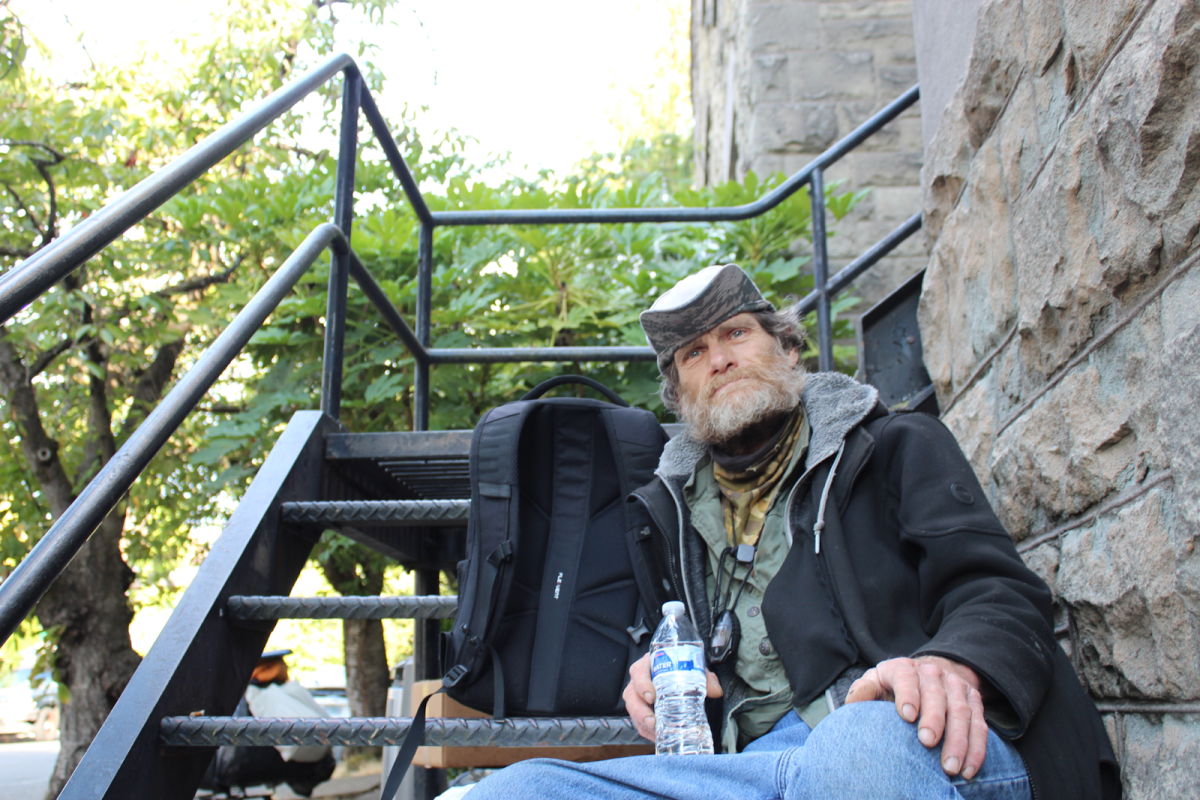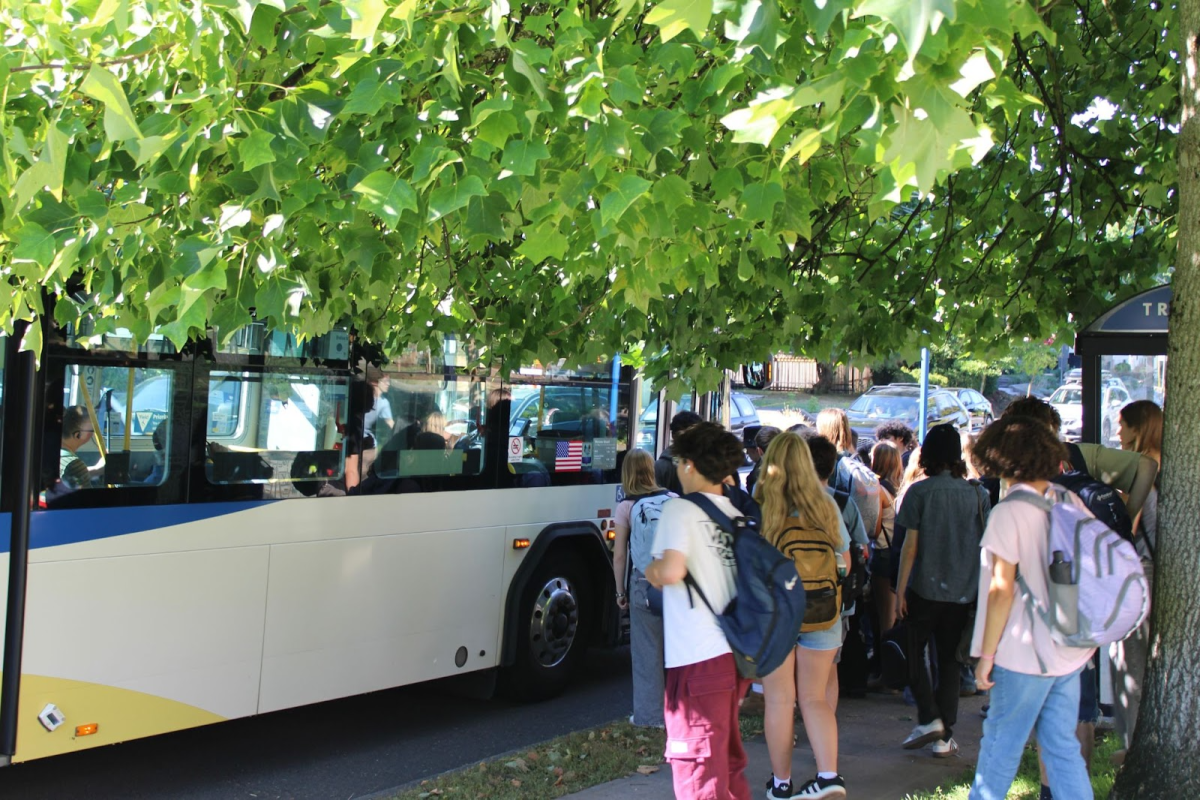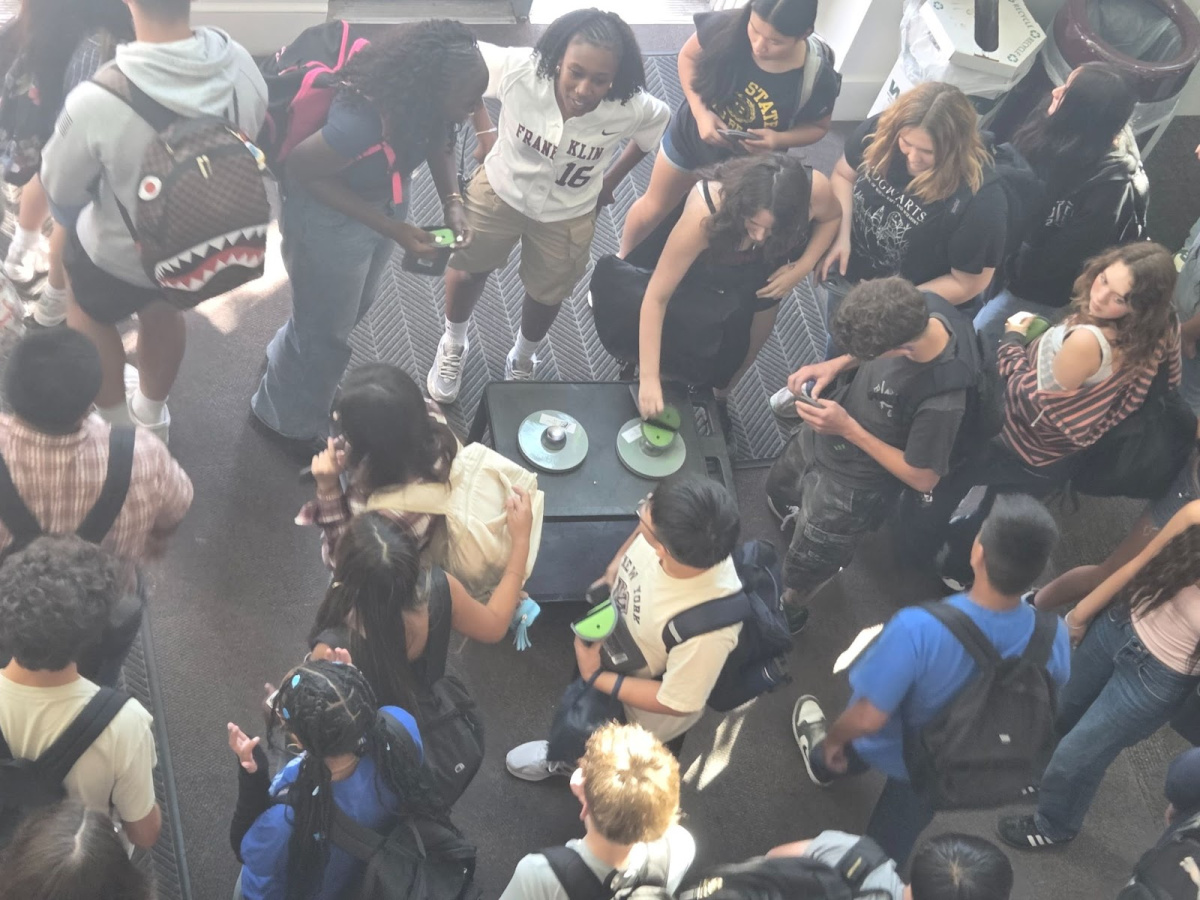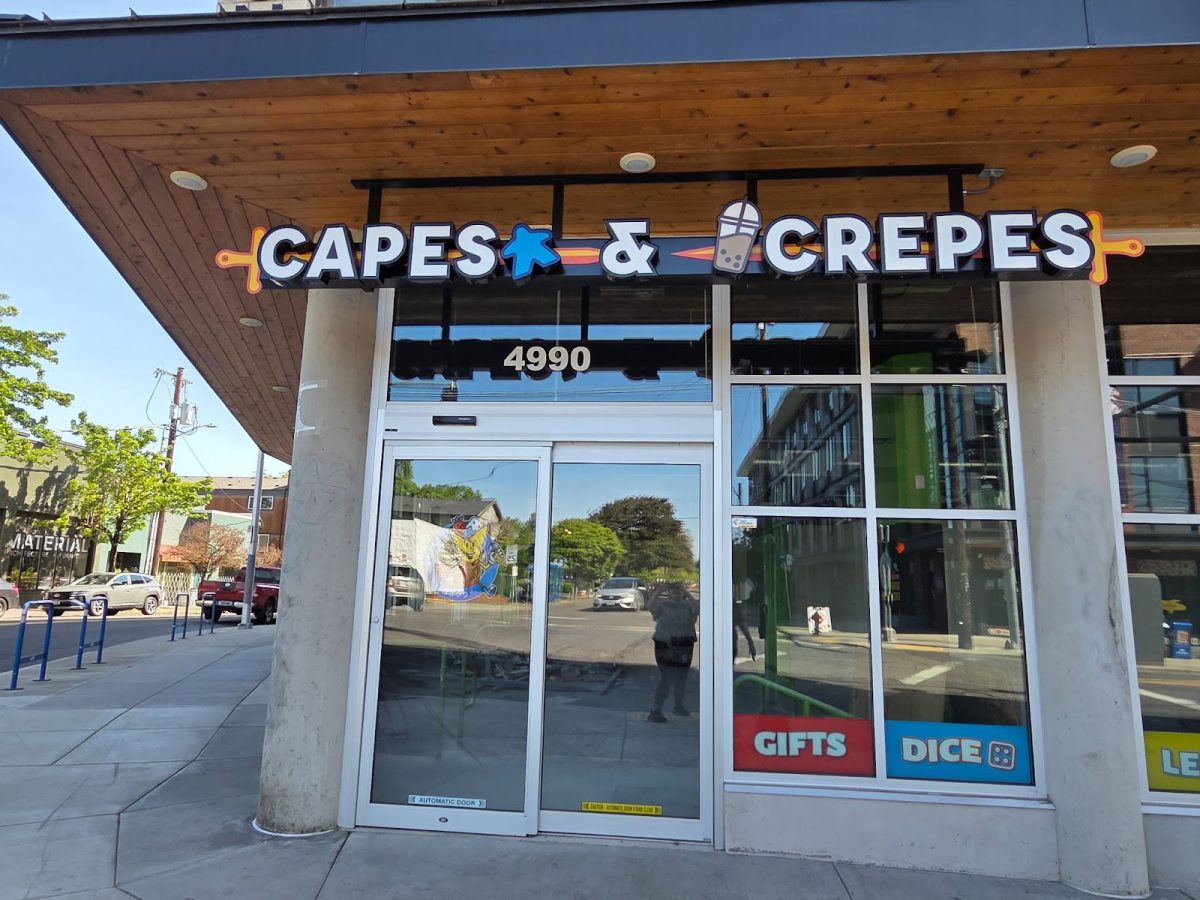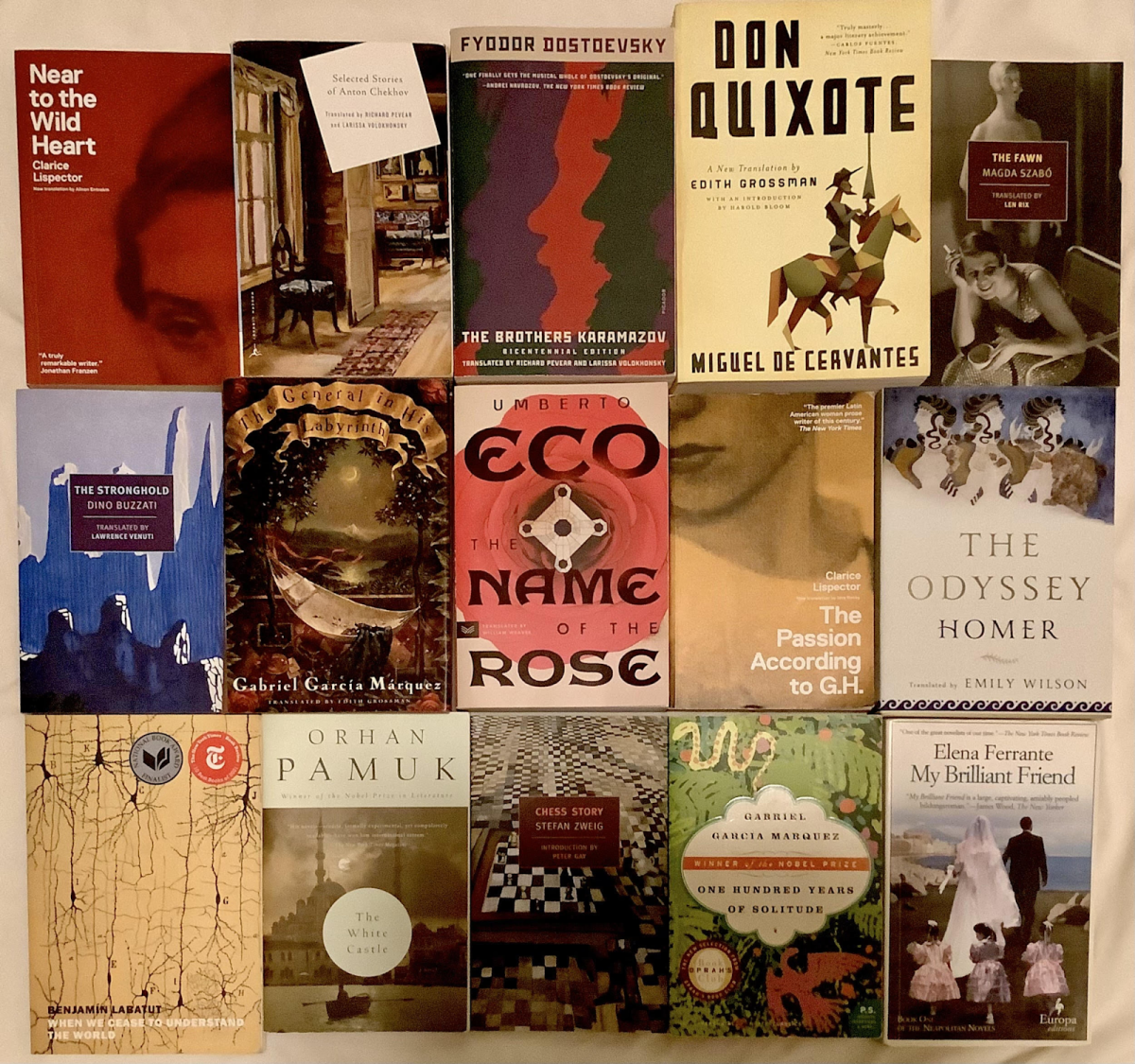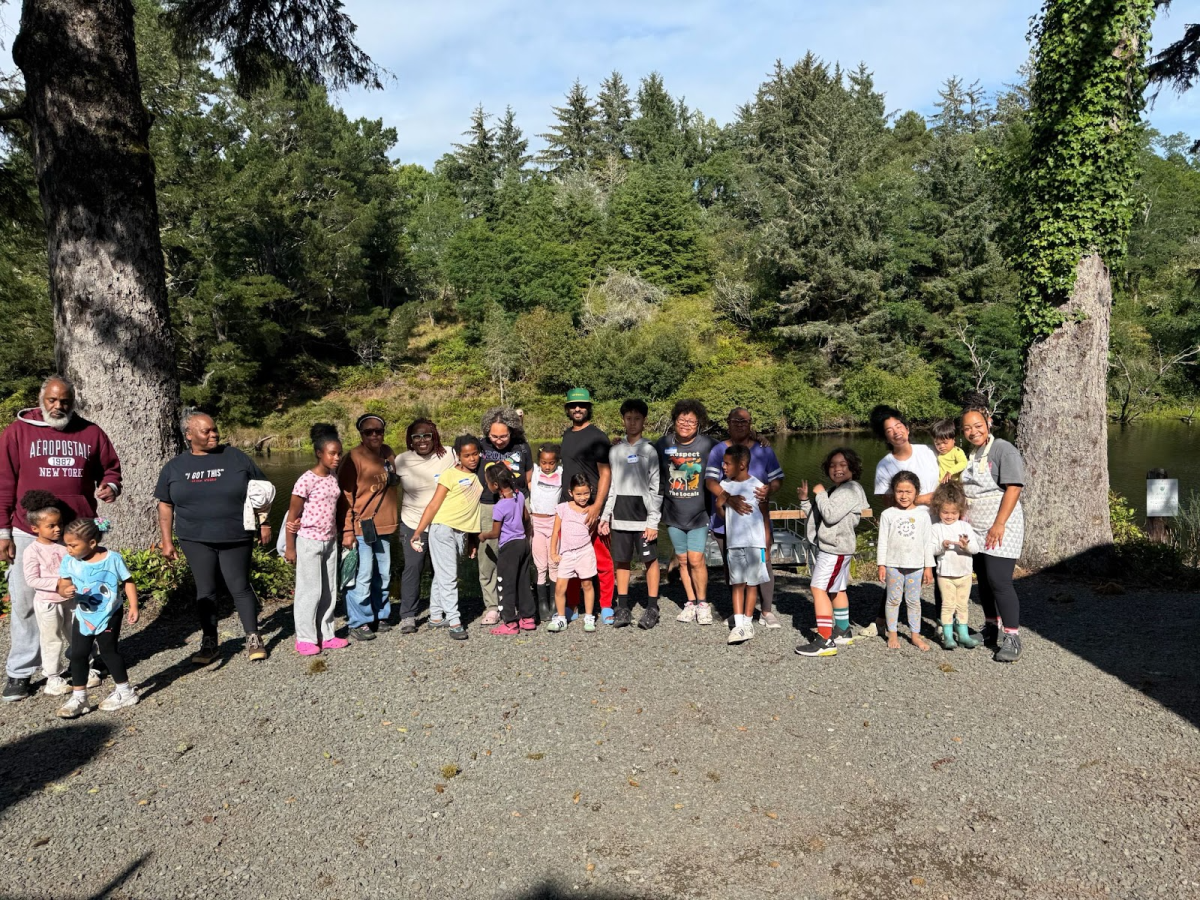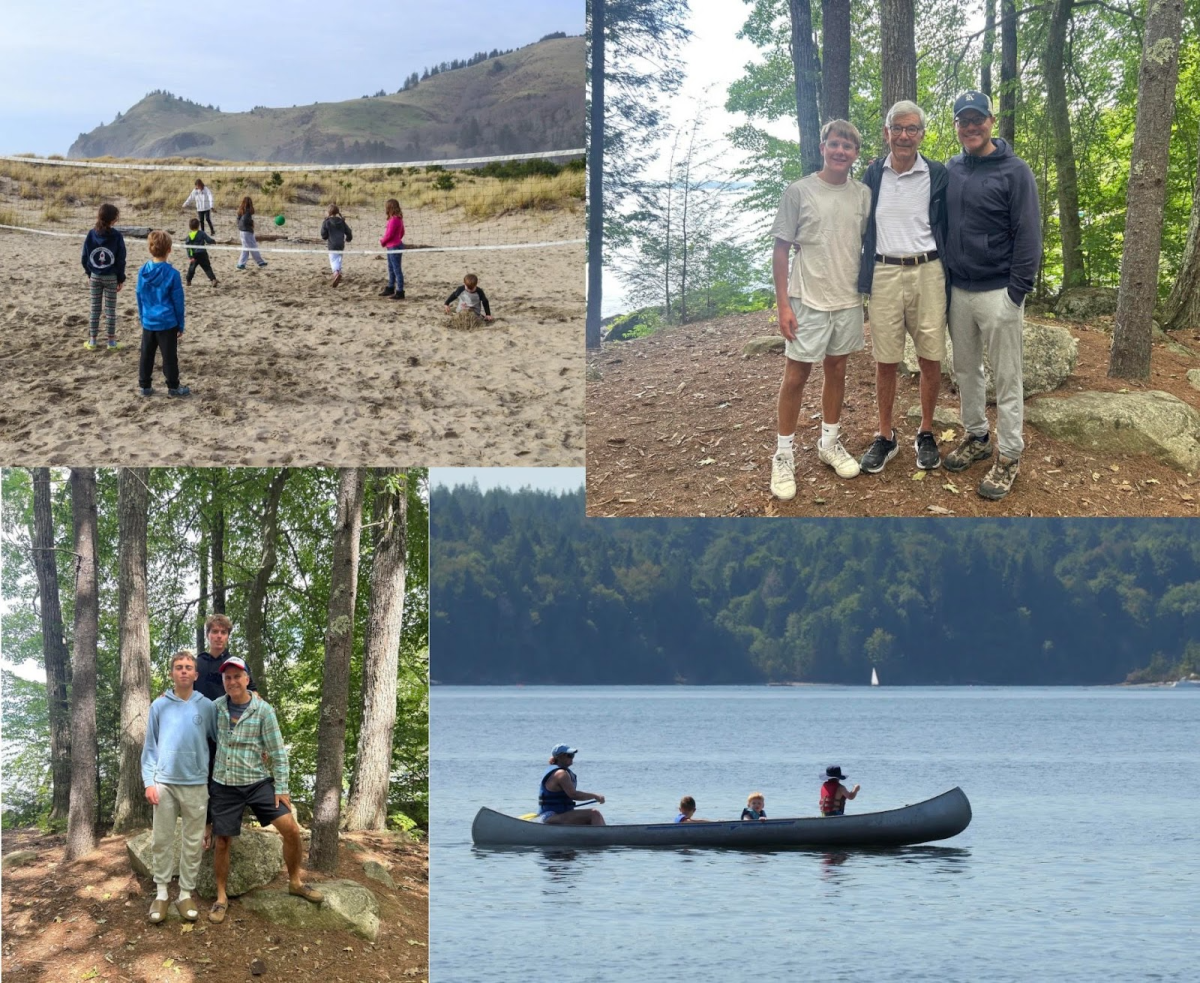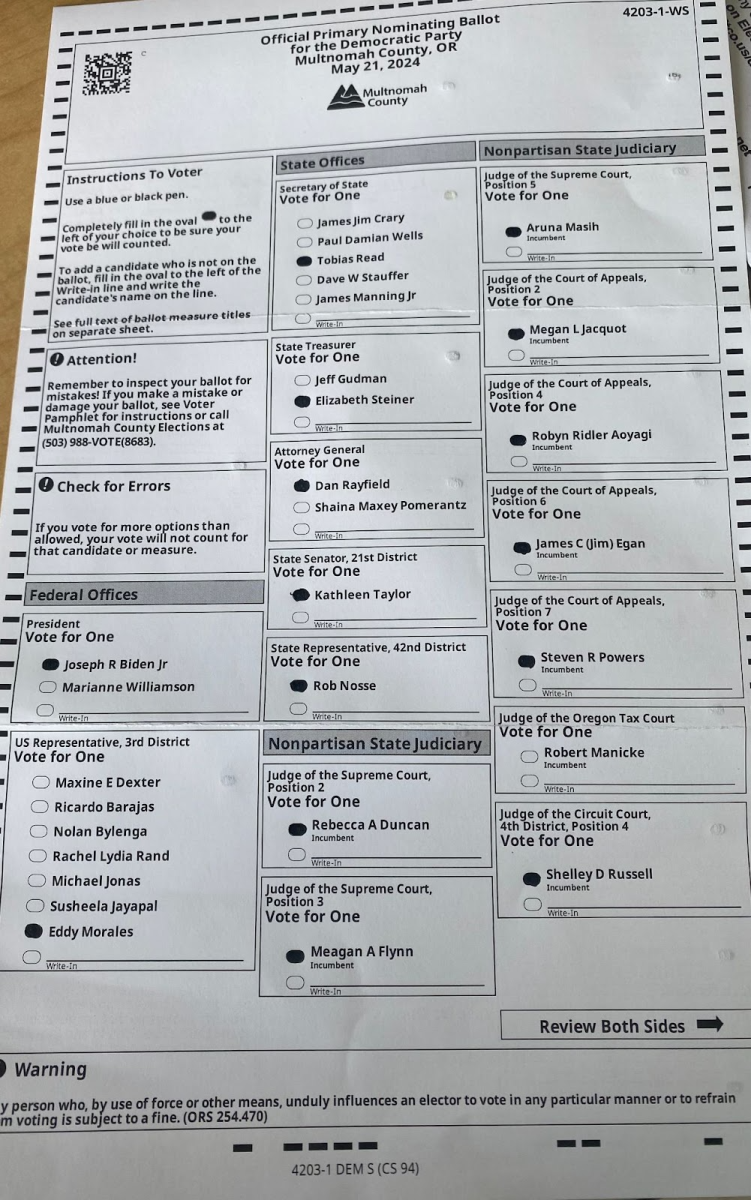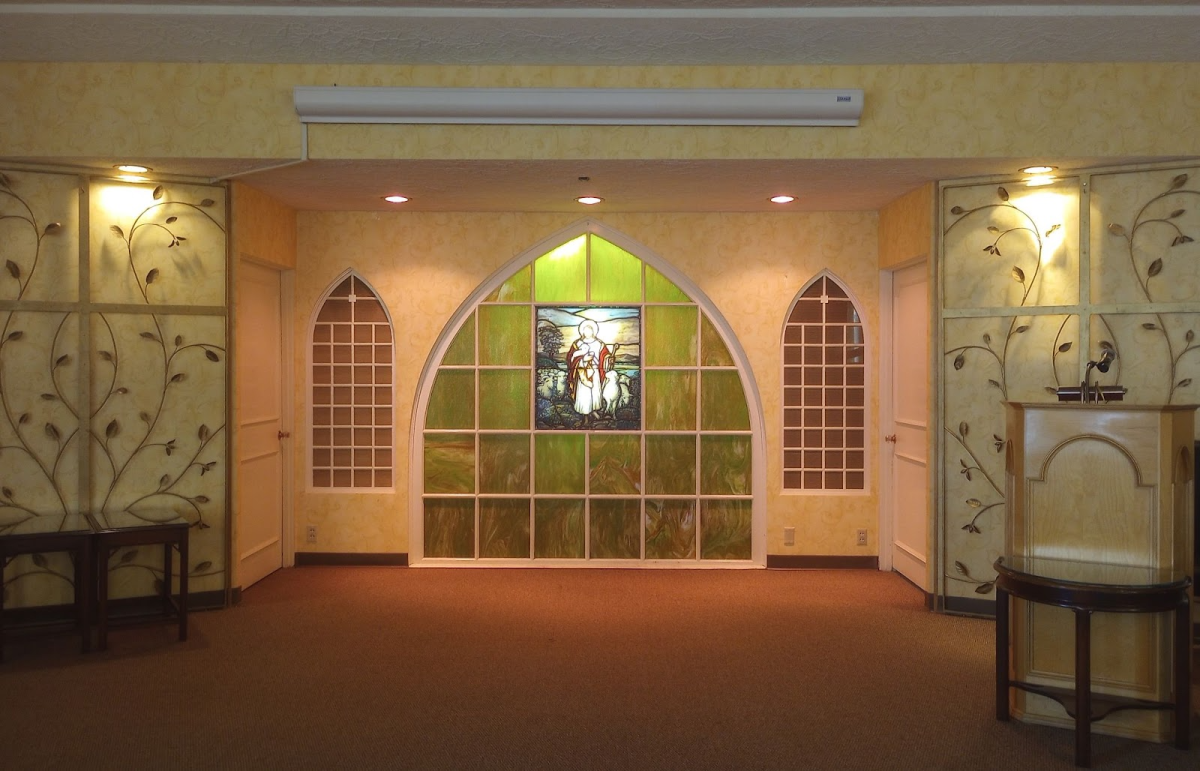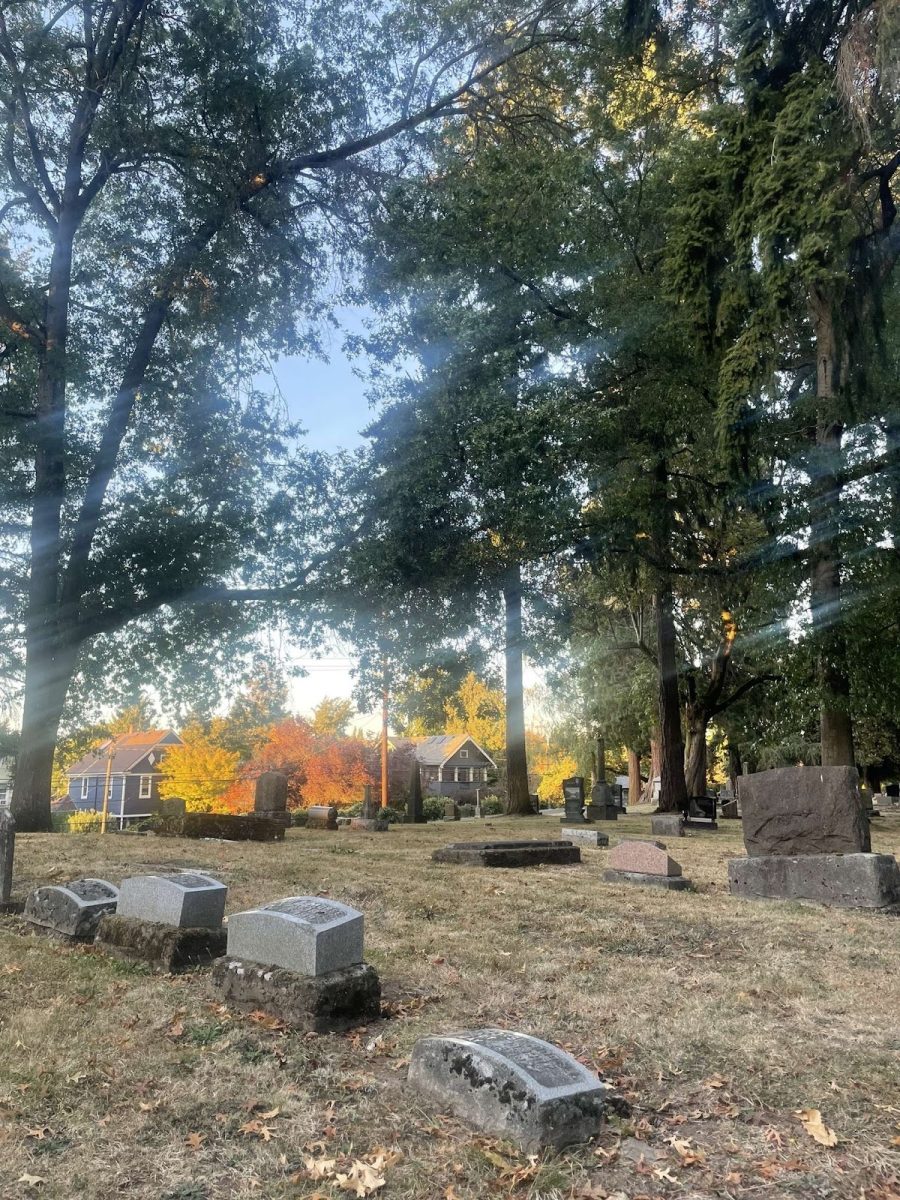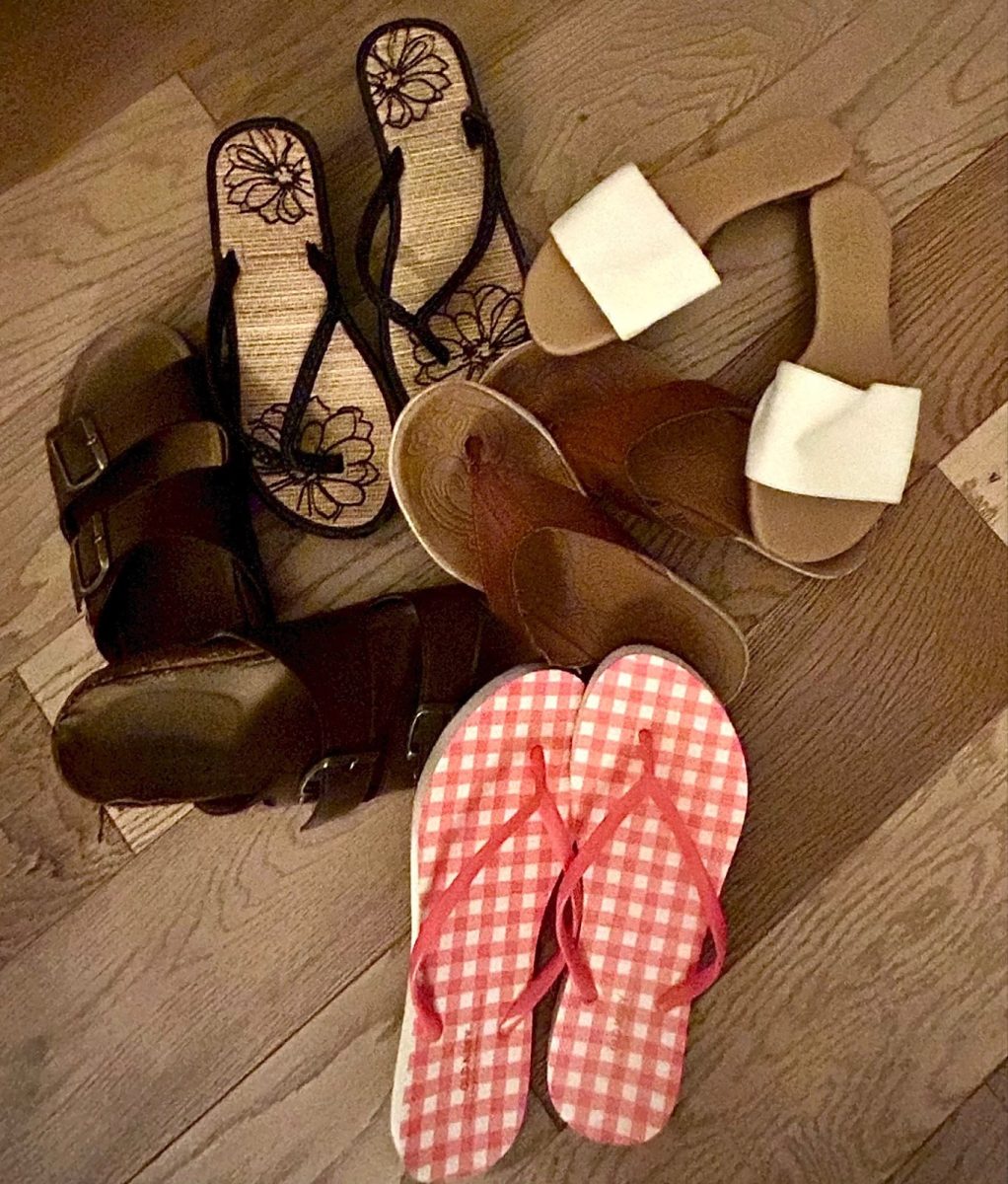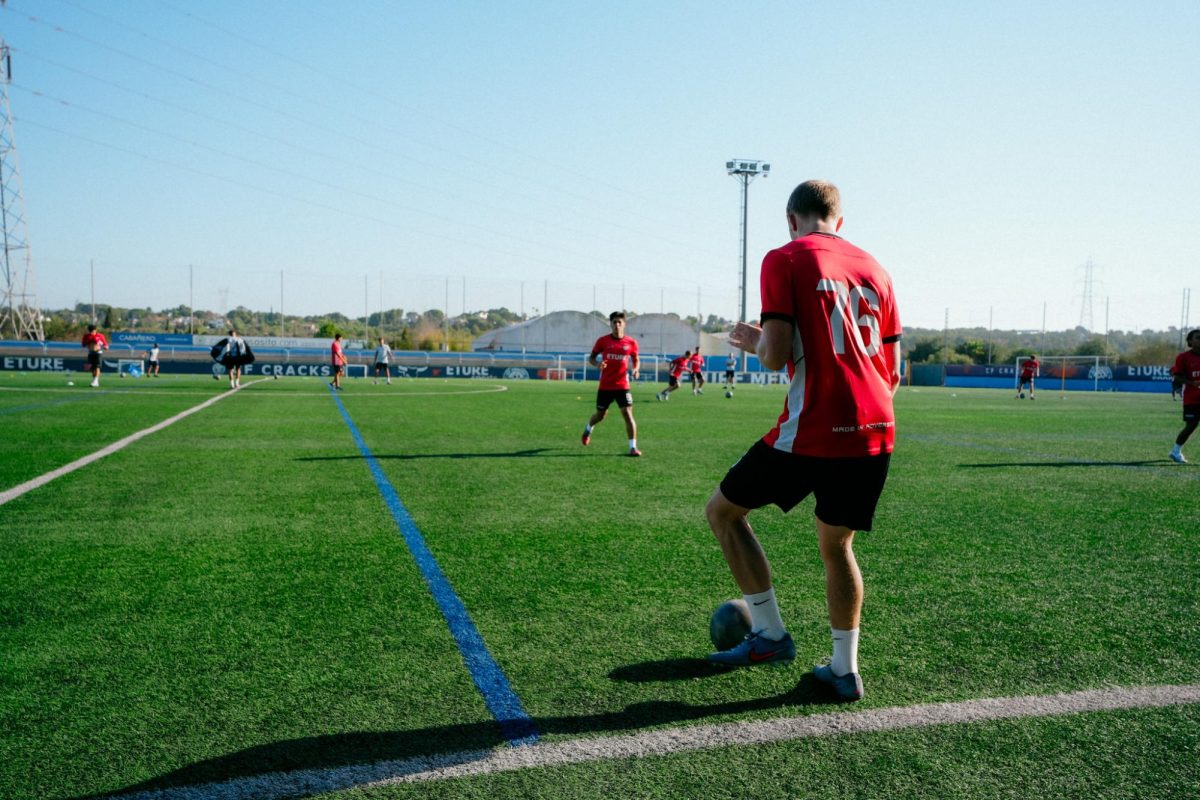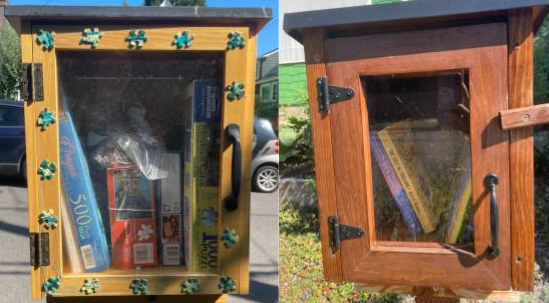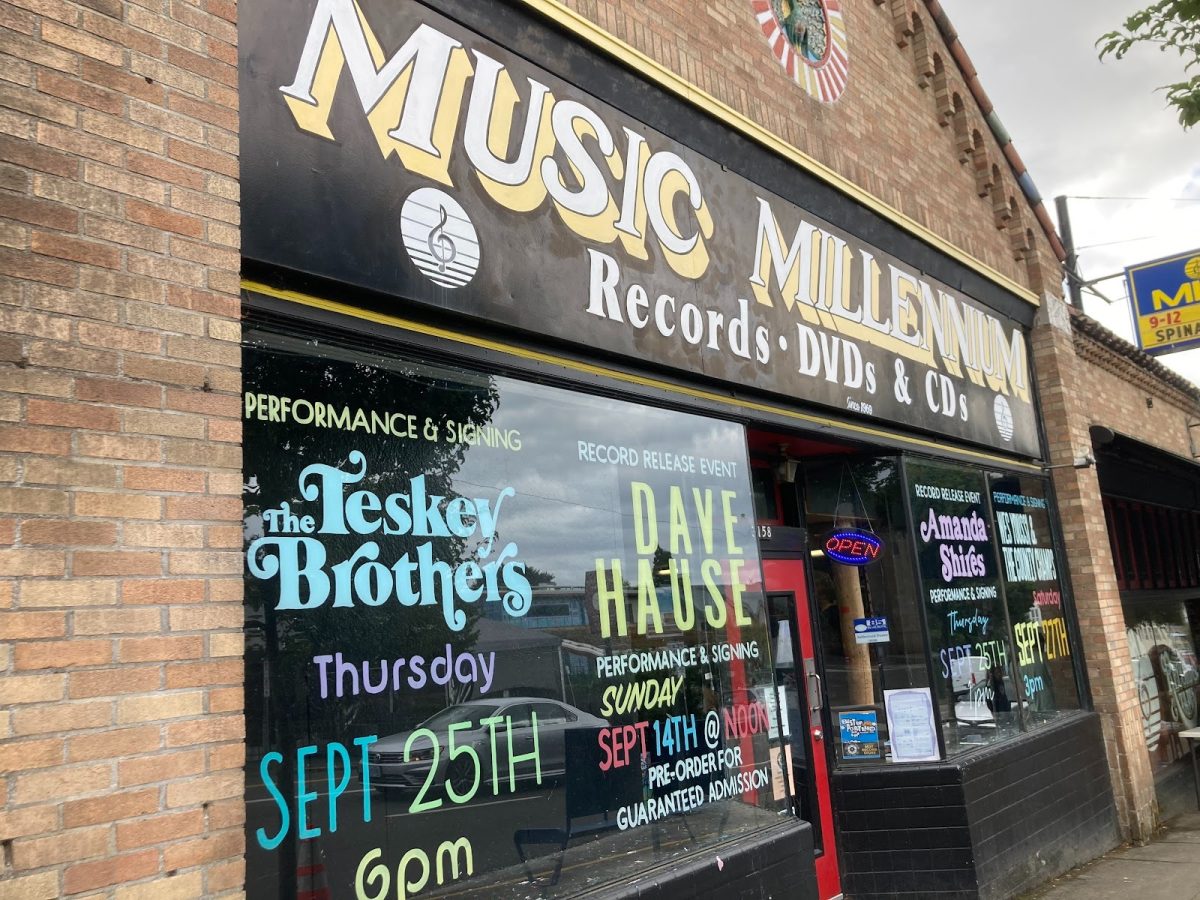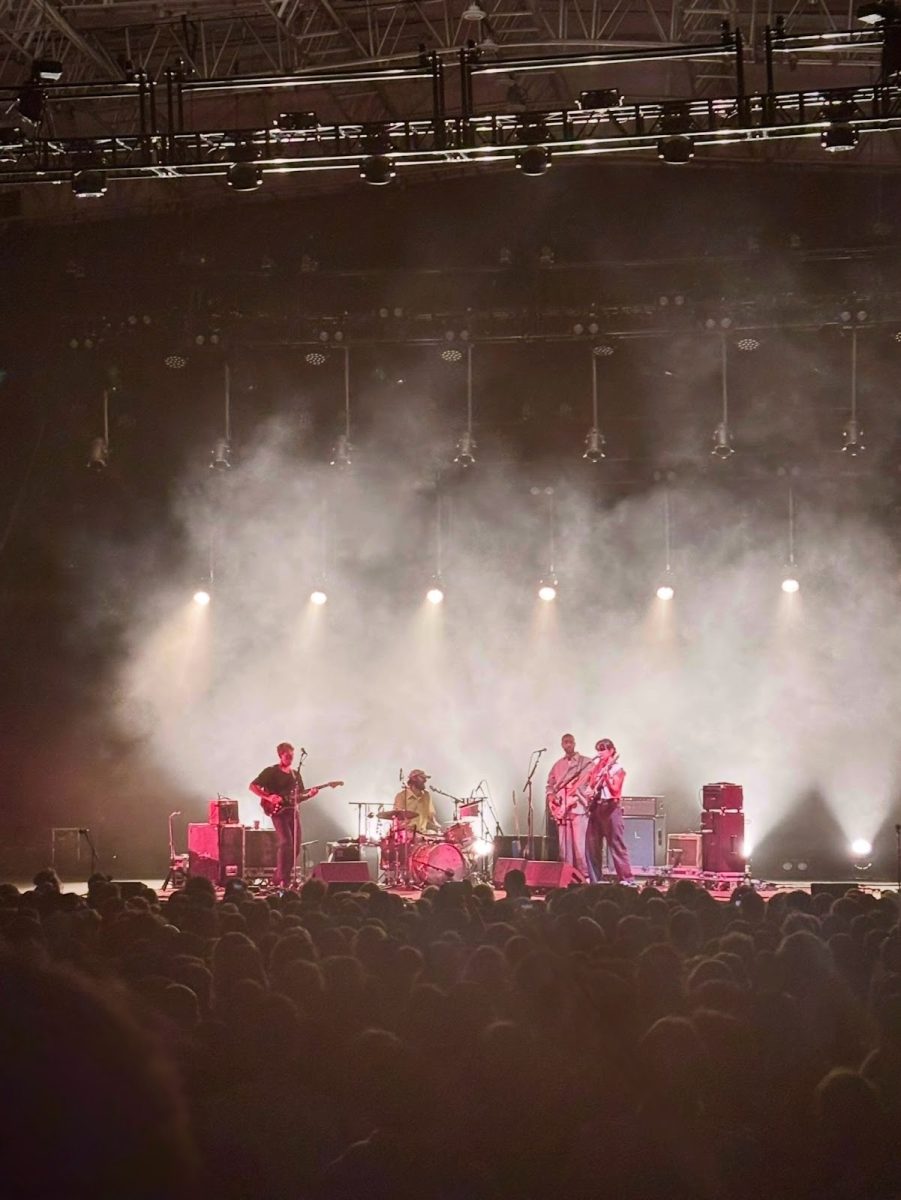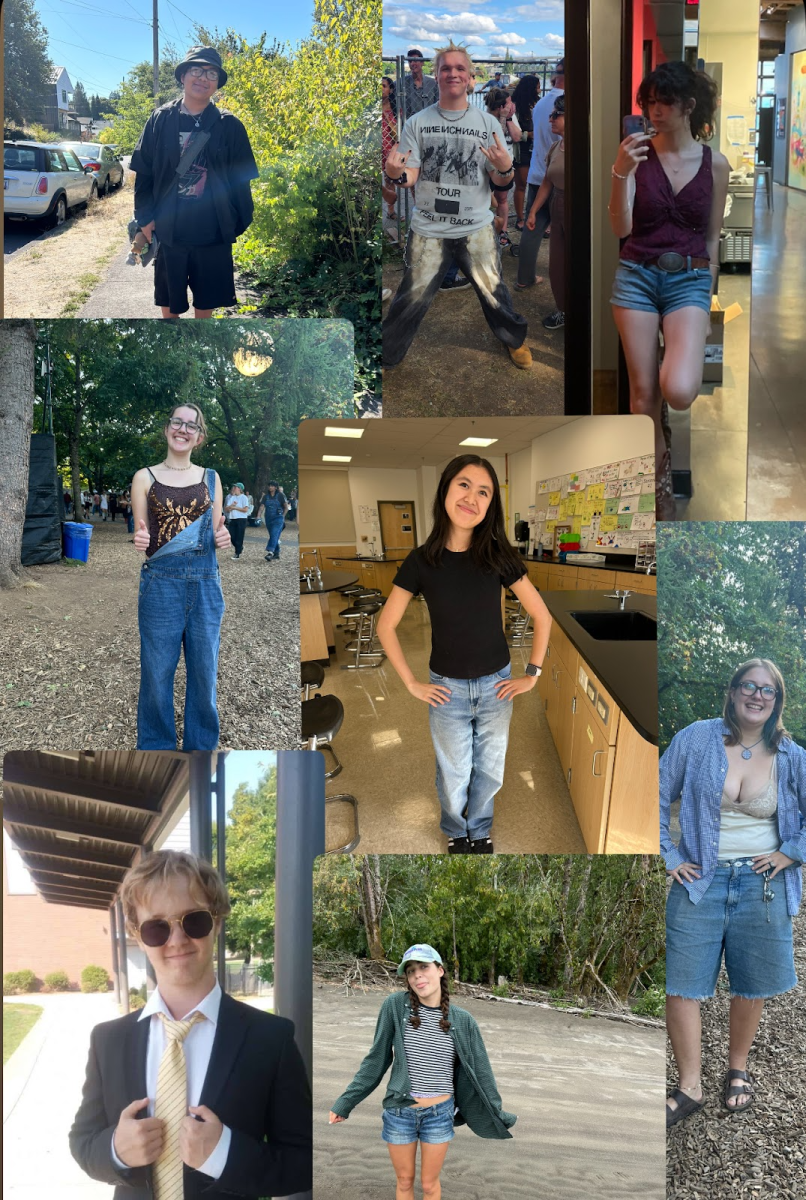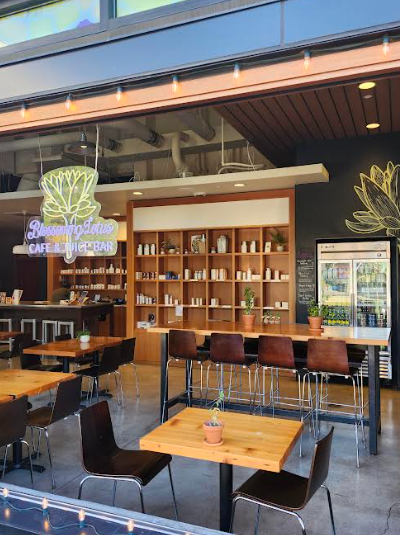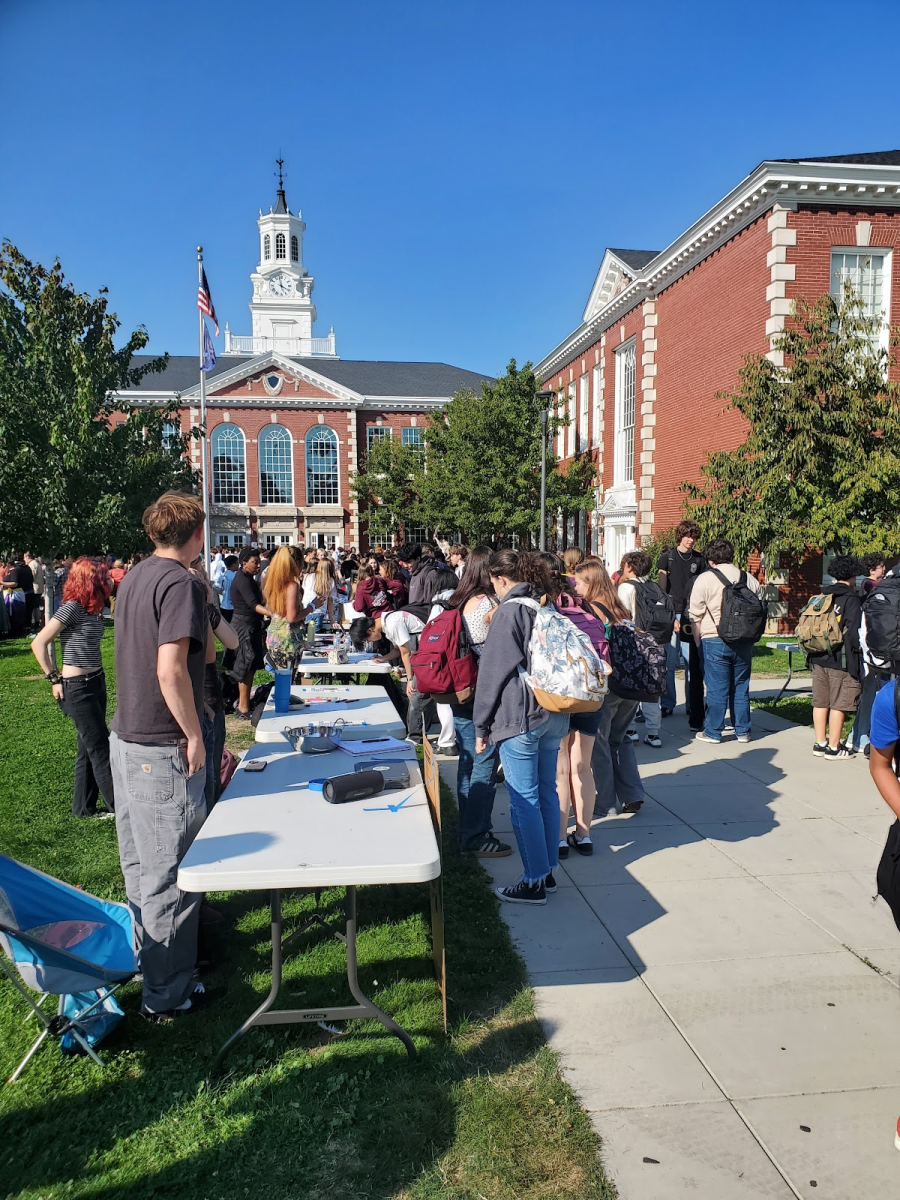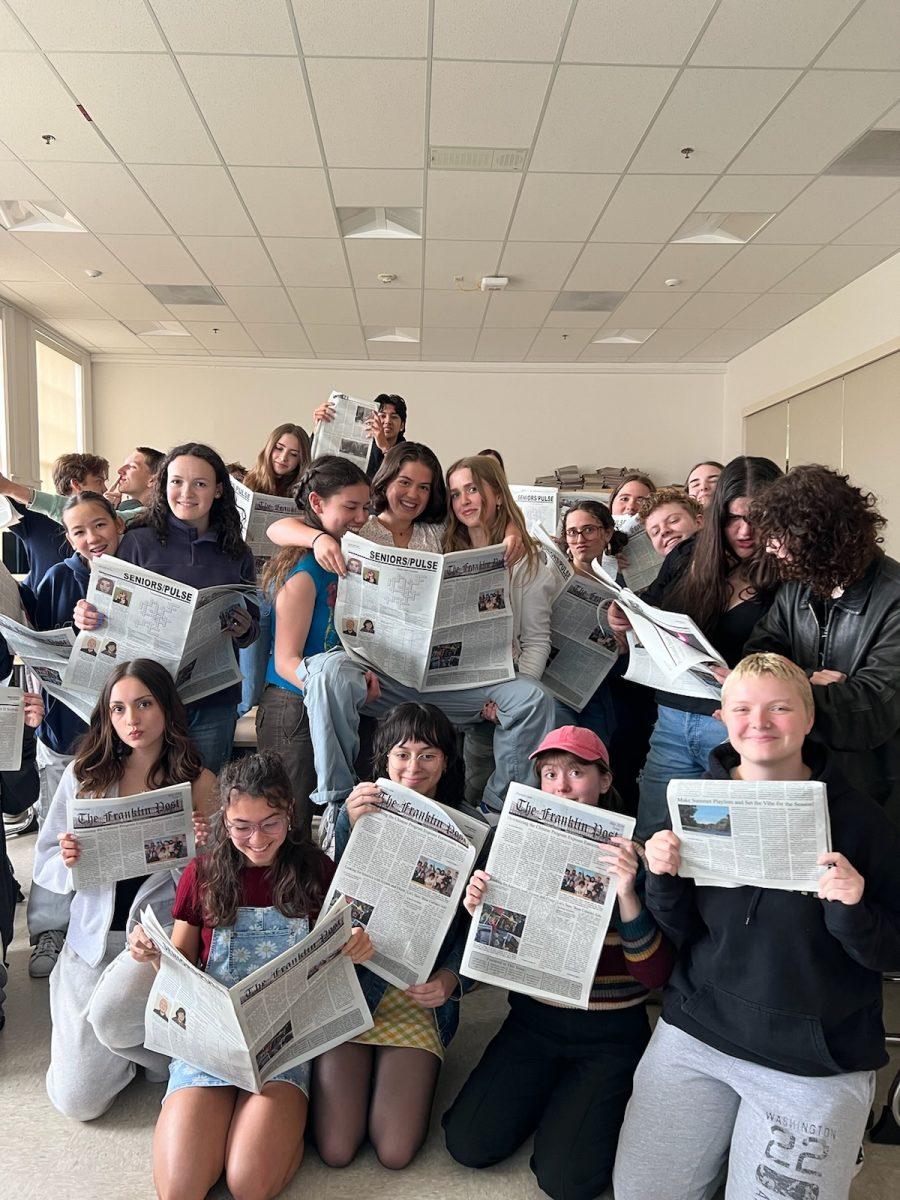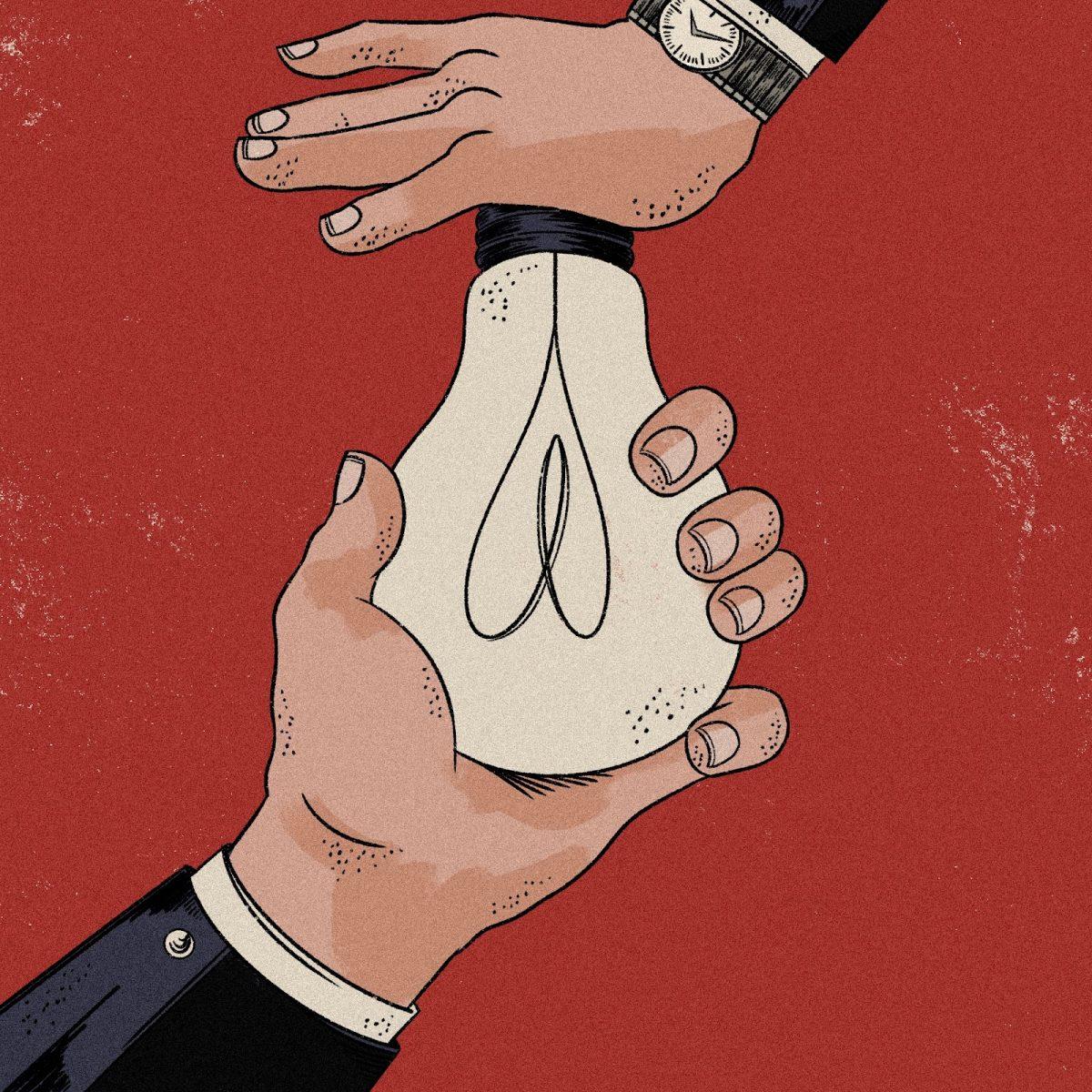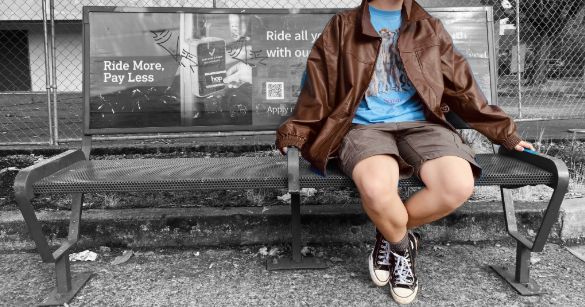
For many members of the Portland community, the slow but steady spread of seemingly innocuous design choices on public property, such as bars on bus benches, raised bumps on railings, and boulders under bridges, has gone largely unnoticed. These design choices are common examples of “hostile architecture,” and the ability not to have to recognize the intent behind these architectural changes is a privilege. Hostile architecture refers to architectural features that are, as the name suggests, hostile, specifically towards people who are more likely to rely on public spaces. Commonly targeted groups include homeless people, youth, or people with financial difficulties. The goal of hostile architecture is to prevent individuals of these demographics from loitering or resting in shared spaces.
Hostile architecture can be installed both by private property owners and public institutions. In the past three years alone, Portland property owners and residents have installed bike racks, flower pots, and other various structures — some without proper licensing — to prevent homeless people from camping in their neighborhoods.
The Tri-County Metropolitan Transit District (TriMet) has been criticized for implementing hostile architecture in bus stop shelters, including putting bars on benches, which are meant to deter homeless people from lying down on benches at bus stops, but also make it harder for many people with disabilities to sit as they wait for the bus. In fact, in the mid-2010s, TriMet started building “leaners” instead of benches at their bus stops, which consist of high backs and steeply slanted seats, getting rid of seating options and only allowing for people to “lean” whilst waiting for transportation.
Oregon’s government has also played a substantial role in the increase in hostile architecture in Portland. In 2019, Oregon Department of Transportation (ODOT) officials placed $1 million worth of boulders on ODOT property to deter homeless people from setting up camp in the area.
While hostile architecture has commonly been used to drive away skateboarders and loitering teenagers, it is most often used in Portland to target homeless people. In the wake of the COVID-19 pandemic, recession warnings, and an epidemic of drug addiction, the rates of homelessness in Portland have skyrocketed — and a tenet of the city and citizens’ reaction to this crisis has been forcing homeless populations out of communal areas with hostile architecture.
Supporters of hostile architecture argue that it is necessary in public spaces to make them safer, more orderly, and improve the overall look of the city. Conversely, Dr. Michael Mehaffy, the executive director of Sustasis Foundation in the Columbia Gorge and a vocal advocate against hostile architecture, argues that, “[Hostile architecture] is ugly, counter-productive, and needlessly divisive,” because, “Public spaces are there for all, and need to be accessible to all.”
Homeless people are a minority population that is rarely listened to or given a voice in larger conversations, meaning that they have had very few means to fight back against hostile infrastructural changes. This creates an unbalanced power dynamic when it comes to resisting decisions made by homeowners and government organizations. Still, this doesn’t mean that there has not been pushback against hostile architecture. Many advocates have been speaking on this matter for a long time, including Mehaffy, who is firm in his stance that hostile architecture “maliciously targets certain groups, not only failing to help them, but adding further injury to their problems.”
Politically, hostile architecture is a complicated subject. Some states, like Connecticut, with House Bill 6400, have proposed acts prohibiting hostile architecture in public spaces, but no such laws currently exist in Oregon or nationwide. Mehaffy argues that hostile architecture “fails to recognize that legal rights [ — like] safety, livability, freedom from harassment, equitable access to public spaces [ —] should be enforced in the usual manner, with public safety actions as required, not by degrading the environment for everyone, or maliciously targeting certain groups.” While privatization of public spaces via tents can overtake public spaces, Mehaffy argues that the solution to this is not silently enforcing hostility, but instead addressing the root causes of this discourse, namely, Portland’s housing and homelessness crisis.
The battle of keeping homeless people and other groups off the streets often lends itself to a separate yet interconnected argument: where should these people go, if not public or communal spaces? In Portland, there has been a push to increase housing in recent years to accommodate population sizes and homelessness, but this has led to a counter-movement called Not In My Backyard (NIMBY). NIMBY stems from homeowners strictly opposing housing development in their area, often for fear of issues such as declining property values or increased traffic. Yes In My Backyard (YIMBY), a movement that emerged to oppose NIMBY, has also been criticized for promoting the idea that homelessness can be solved simply by building more housing, when many argue that the solution isn’t quite so simple.
Additionally, the term Quality In My Backyard (QUIMBY) originated in Portland and refers to the idea that, instead of refusing housing or building it indiscriminately, we need thoughtful and quality housing for everyone. Regardless, while QUIMBY is a path forward, hostile architecture is still popping up faster than housing can be provided or Portland can otherwise address the underlying causes of the homelessness crisis.
Advocates against hostile architecture make similar arguments, suggesting that it is necessary to address the root causes of these issues rather than seeking quicker, cheaper solutions. Mehaffy urges property owners and the City of Portland to “use common-sense approaches to maintain livability — regular cleaning, graffiti removal, etc. — instead of hostile architecture … which often only adds unsightly features to an already degraded public realm.” Homelessness is a struggle that runs deep and is often tied to addiction, mental health struggles, or systemic discrimination, and finding ways to maintain public spaces whilst allowing everyone to keep their dignity and safety intact would benefit the entirety of the Portland community.
